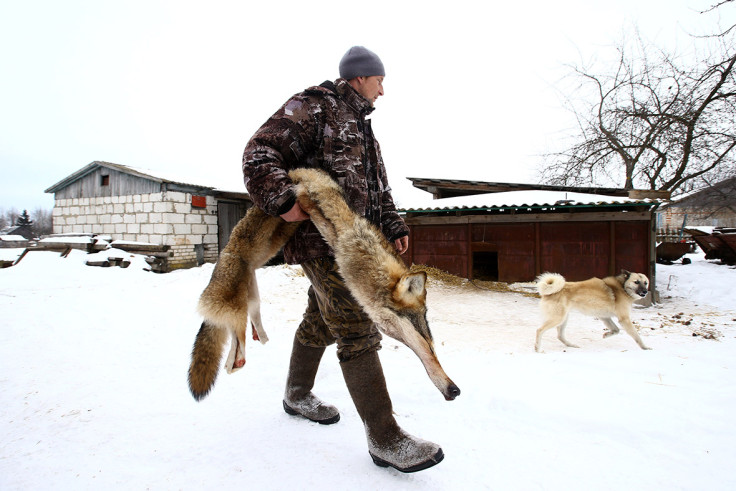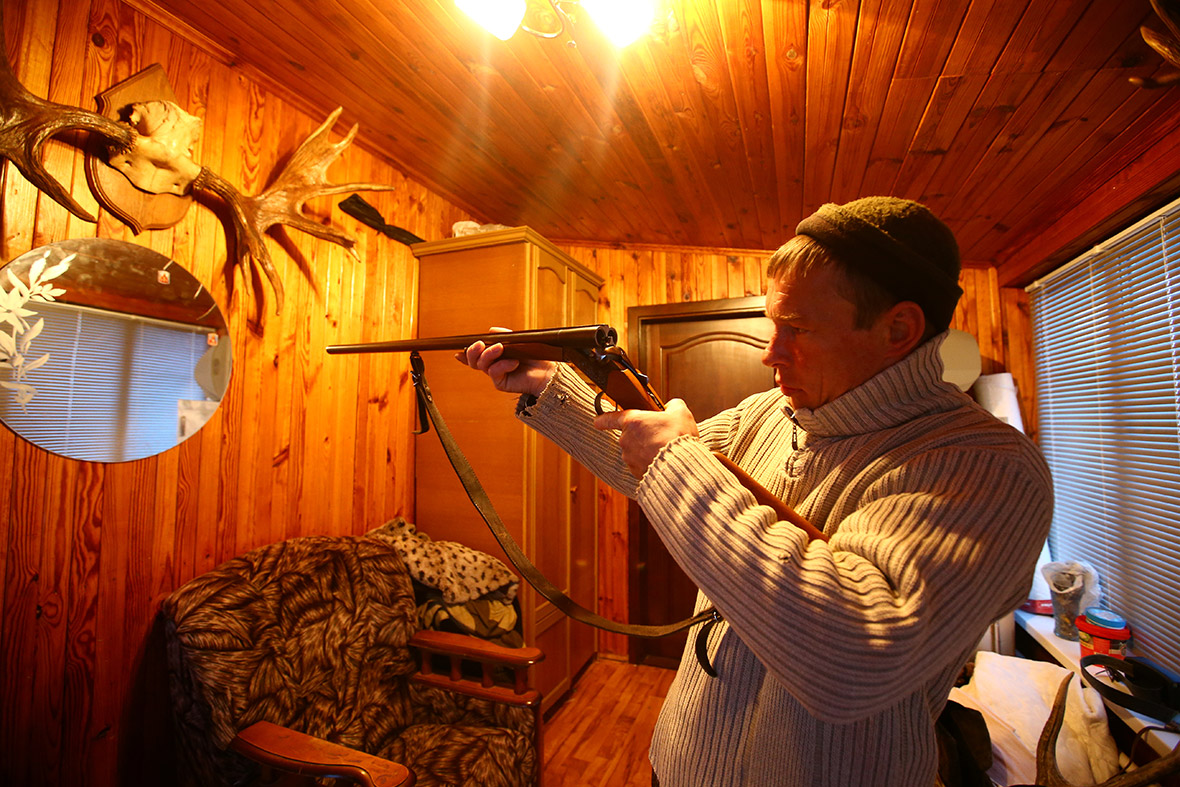Hunting wolves in the Chernobyl nuclear exclusion zone [Graphic images]
The zone's resurgent wolf population poses a threat to nearby livestock, so local farmers pay hunters for each wolf they kill.
Thirty years after the Chernobyl nuclear disaster, populations of some species of wildlife are booming in the exclusion zone around the former reactor.
Wolf numbers are more than seven times higher in the Belarusian part of the Chernobyl zone than in uncontaminated areas elsewhere in the region, according to a study published in scientific journal Current Biology in 2015. The zone's resurgent wolf population poses a threat to nearby livestock, so local farmers pay hunters for each wolf they kill.

Belarussian hunter Vladimir Krivenchik and his wife Nina live on the edge of the Chernobyl exclusion zone – 2,600 square km (1,000 square miles) of land on the Belarus-Ukraine border that was contaminated by a nuclear disaster in 1986. Farmers pay him a flat fee of 150 Belarussian roubles (about £63, $79) for each wolf he kills. This equates to about three-quarters of Krivenchik's monthly salary as a watchman at a granary.
He does not like to hunt year-round – wolf fur grows thickest in winter, so he only sets his traps once snow is on the ground. He checks his traps every morning and adjusts or moves them if they are empty. If a wolf is caught in the jaws of a trap, he kills it and takes it home for skinning. Krivenchik says no part of the animal goes to waste as the heart, leg bones and other parts are sold for use in traditional medicine. He sells the pelts separately.









Although population studies have shown wildlife has rebounded in the exclusion zone, this is to do with the absence of humans, rather than any effect of radiation. According to official data, about 1,700 wolves were culled in 2016.
© Copyright IBTimes 2024. All rights reserved.







